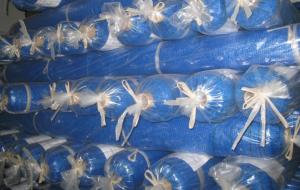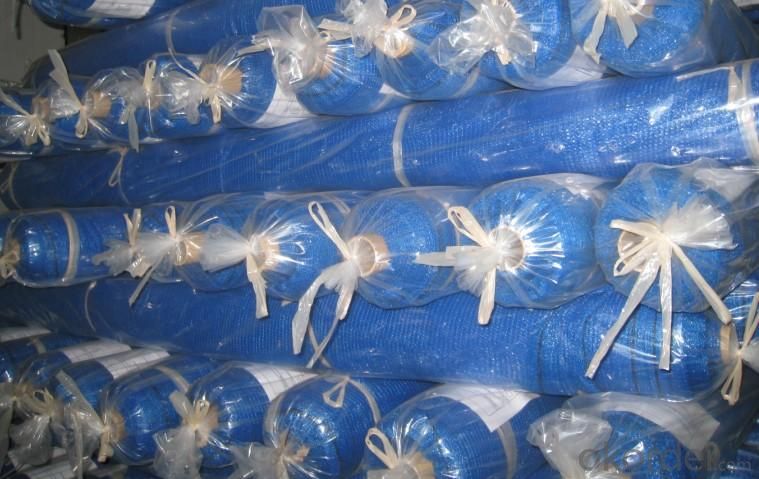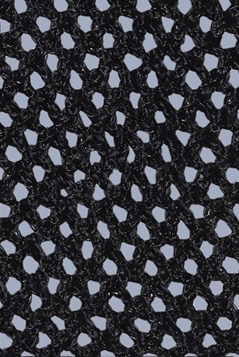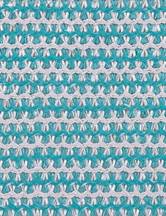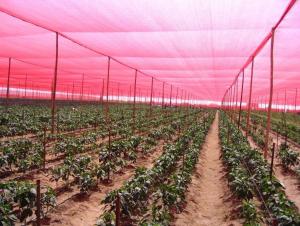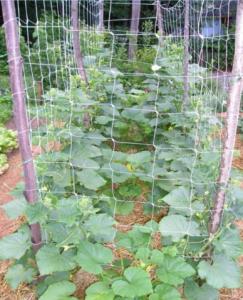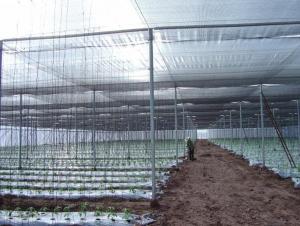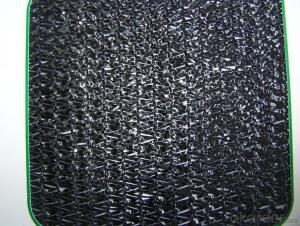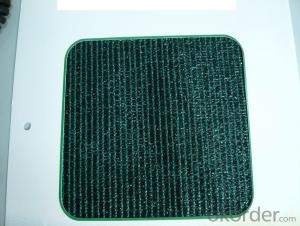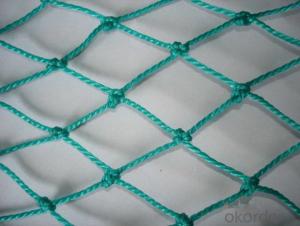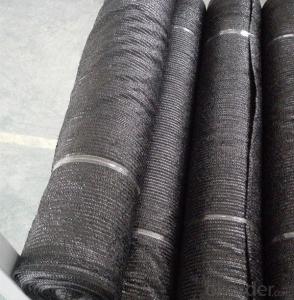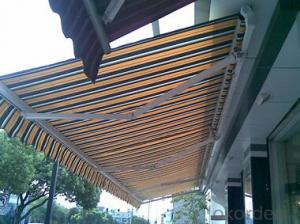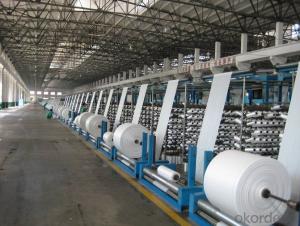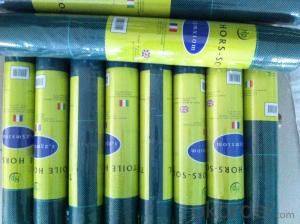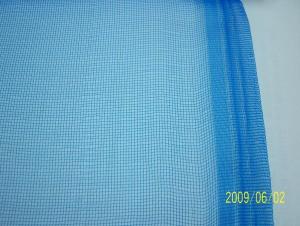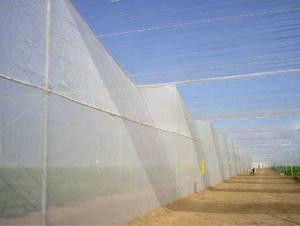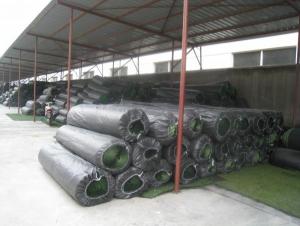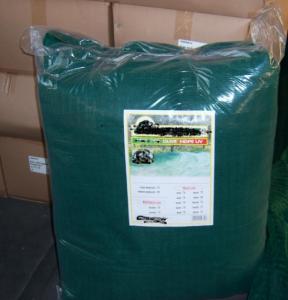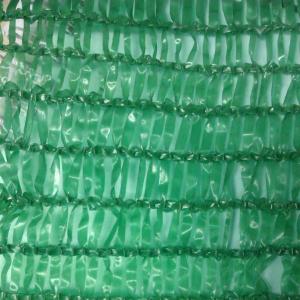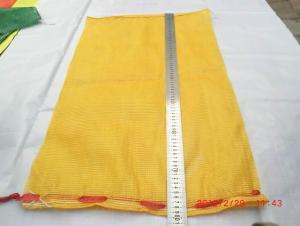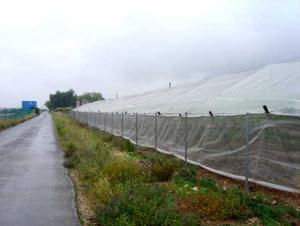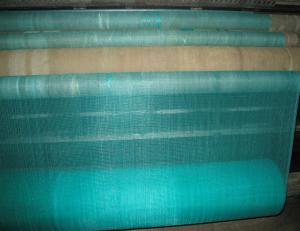Netlon Plastic Anti-Wind Netting
- Loading Port:
- China Main Port
- Payment Terms:
- TT or L/C
- Min Order Qty:
- 2000kg m²
- Supply Capability:
- 500t/month m²/month
OKorder Service Pledge
OKorder Financial Service
You Might Also Like
Anti-Wind Net
Introduction of Anti-wind Net :
It is weaved by High-density polyethylene (HDPE) UV stabilized mono filament, and is very useful as windbreak and protection net.


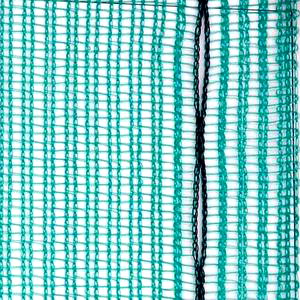
Specifications of Anti-Wind Net :
Material base fabric | Fabric Weight | Uv. Content | Temperature range |
HDPE | 80gsm up to 500gsm Standard Weight: 80gsm, 110gsm, 180gsm | 0.3% or 0.5% | -40 ~ +80oC |
Width: 1m, 1.5m, 2m, 3m, 4m
Length: 2m, 5m, 10m, 20m
Color: Black, Green, Dark Green
Minimum life length: 4 years, under normal weather conditions and use.
Applications of Anti-wind Net:
- Stopping and depositing suspended material (dust, sand, leaves etc.) at the foot of the net.
- Sheltering different orchard
- Protecting against excessive sunshine guaranteed to last for years.
- Protecting crops against the inclemency of the weather (wind, hail, etc)
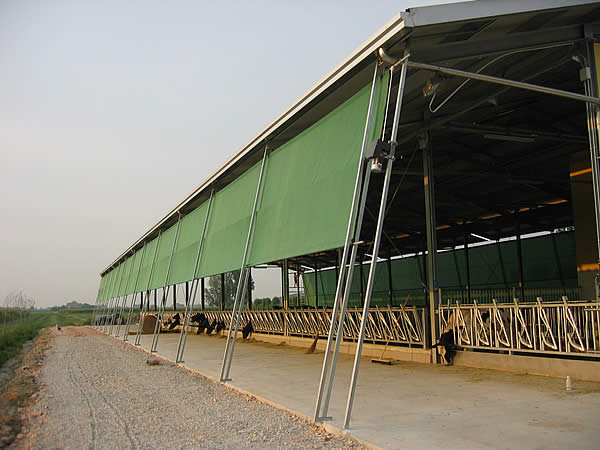
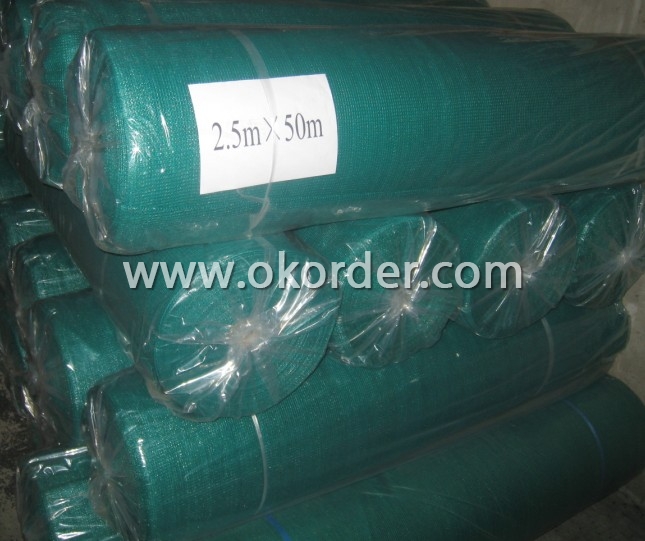
Packing of Anti-wind Net : rolls on cardboard tubes & wrapped in plastic.
- Q: How do plastic nets perform in chemical processing plants?
- Plastic nets are commonly used in chemical processing plants due to their excellent chemical resistance and durability. They perform well in these environments as they are resistant to corrosion, chemicals, and high temperatures. Additionally, plastic nets are lightweight and easy to install, making them an efficient choice for various applications in chemical processing plants.
- Q: What are the different thicknesses of plastic nets available?
- The thicknesses of plastic nets available can vary depending on the specific application and manufacturer. Common thicknesses range from 0.5mm to 5mm or more.
- Q: Can plastic nets be used for ventilation purposes?
- Plastic nets can indeed be used for ventilation purposes as they allow for air circulation while preventing the entry of larger particles or insects.
- Q: What types of plastic are commonly used to make nets?
- The types of plastic commonly used to make nets are polyethylene (PE) and polypropylene (PP).
- Q: How long do plastic nets take to decompose in the environment?
- Plastic nets can take several hundred years, or even more, to decompose in the environment.
- Q: Are plastic nets suitable for use in waste management?
- Yes, plastic nets are suitable for use in waste management. They are effective in containing and organizing waste, preventing littering, and facilitating recycling processes. Plastic nets can be used in various waste management applications such as sorting, transporting, and separating different types of waste materials. Additionally, their durability and resistance to environmental conditions make them suitable for long-term use in waste management systems.
- Q: How do plastic nets help in preventing soil erosion on slopes?
- Plastic nets help in preventing soil erosion on slopes by acting as a physical barrier that holds the soil in place. They are installed on the slopes and anchored to the ground, creating a protective layer over the soil. This netting prevents the soil from being washed away by rainwater or blown away by wind, allowing vegetation to establish roots and stabilize the soil. Additionally, the plastic nets help to absorb and disperse the impact of rainfall, reducing the force of water flow and minimizing erosion.
- Q: Are plastic nets suitable for greenhouse applications?
- Yes, plastic nets are suitable for greenhouse applications. They can be used for shading, insect control, and windbreak purposes in greenhouses. Additionally, plastic nets are lightweight, cost-effective, and have a long lifespan, making them a popular choice for greenhouse operators.
- Q: Are plastic nets used in the fishing of shellfish?
- Yes, plastic nets are commonly used in the fishing of shellfish. These nets are often used to catch shellfish such as crabs, lobsters, and shrimp. The plastic nets are designed to be durable and resistant to water, making them suitable for use in marine environments.
- Q: How do plastic nets help in preventing soil erosion?
- Plastic nets help in preventing soil erosion by acting as a physical barrier that holds the soil in place. These nets are installed on slopes or areas prone to erosion, and they effectively trap soil particles and prevent them from being washed away by rainfall or runoff. The nets also allow water to infiltrate the soil, reducing surface runoff and enhancing moisture retention. Additionally, plastic nets promote vegetation growth by providing a stable surface for plants to establish their roots, further reinforcing the soil and preventing erosion.
1. Manufacturer Overview
| Location | Zhejiang, China |
| Year Established | 2003 |
| Annual Output Value | Below US$1 Million |
| Main Markets | 50% CHINA , 50% OVERSEA |
| Company Certifications | ISO9001:2000 |
2. Manufacturer Certificates
| a) Certification Name | |
| Range | |
| Reference | |
| Validity Period |
3. Manufacturer Capability
| a) Trade Capacity | |
| Nearest Port | Ningbo, China |
| Export Percentage | 1% - 10% |
| No.of Employees in Trade Department | 12 |
| Language Spoken: | English; Chinese |
| b) Factory Information | |
| Factory Size: | Above 100,000 square meters |
| No. of Production Lines | Above 30 |
| Contract Manufacturing | OEM Service Offered;Design Service Offered |
| Product Price Range | High; Average |
Send your message to us
Netlon Plastic Anti-Wind Netting
- Loading Port:
- China Main Port
- Payment Terms:
- TT or L/C
- Min Order Qty:
- 2000kg m²
- Supply Capability:
- 500t/month m²/month
OKorder Service Pledge
OKorder Financial Service
Similar products
Hot products
Hot Searches
Related keywords
